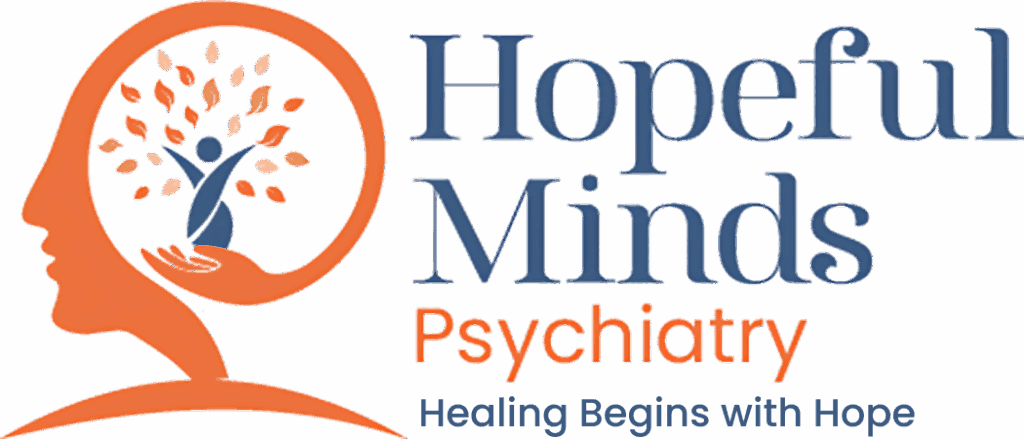Understanding bipolar disorder
What is Bipolar Disorder?
Bipolar disorder, also known as manic-depressive illness, is a mental health condition characterized by extreme mood swings. These mood shifts can range from periods of intense energy and elation (mania or hypomania) to episodes of deep depression.
Key Symptoms of Bipolar Disorder
Manic Episodes:
- Increased energy, euphoria, or irritability
- Decreased need for sleep
- Rapid speech or racing thoughts
- Impulsive behaviors, such as excessive spending or risky activities
Depressive Episodes:
- Persistent feelings of sadness or hopelessness
- Fatigue and low energy
- Loss of interest in daily activities
- Difficulty concentrating
- Thoughts of self-harm or suicide
Types of Bipolar Disorder
- Bipolar I Disorder: Defined by severe manic episodes that last at least seven days or require hospitalization, often accompanied by depressive episodes.
- Bipolar II Disorder: Characterized by hypomania (a milder form of mania) and severe depressive episodes.
- Cyclothymic Disorder (Cyclothymia): Periods of hypomanic and depressive symptoms that last for at least two years but are less severe than those seen in Bipolar I or II.
- Other Specified and Unspecified Bipolar Disorders: Symptoms that don’t fit the above categories but still cause significant distress.
What Causes Bipolar Disorder?
While the exact cause is unknown, contributing factors may include:
- Genetics: A family history of bipolar disorder increases risk.
- Brain Structure and Chemistry: Imbalances in neurotransmitters and brain structure may play a role.
- Environmental Triggers: Stress, trauma, or substance abuse can exacerbate symptoms.
Diagnosing and Treating Bipolar Disorder
Diagnosis:
A thorough evaluation by a mental health professional is essential. This often involves:
- Medical history review
- Discussion of symptoms and life events
- Use of diagnostic tools like mood charts
Treatment Options
- Medication: Mood stabilizers, antipsychotics, and antidepressants can help manage symptoms.
- Psychotherapy: Cognitive-behavioral therapy (CBT) and family-focused therapy provide coping strategies and support.
- Lifestyle Adjustments: Regular routines, balanced diets, and physical activity contribute to stability.
- Support Networks: Building a strong support system of friends, family, and peer groups.
Coping Strategies for Bipolar Disorder
- Track Your Moods: Use mood journals or apps to identify triggers and patterns.
- Establish Healthy Habits: Consistent sleep, exercise, and nutrition can reduce mood fluctuations.
- Practice Stress Management: Meditation, mindfulness, and relaxation techniques can prevent stress-induced episodes.
- Stay Connected: Communicate with loved ones and join support groups to avoid isolation.
When to Seek Help
If you or someone you know is experiencing symptoms of bipolar disorder, professional help is essential. Untreated bipolar disorder can worsen over time but is manageable with proper care.
Emergency Help: If you or a loved one has thoughts of self-harm or suicide, contact a crisis hotline or emergency services immediately.
Frequently Asked Questions (FAQs)
Q: Can bipolar disorder be cured?
A: While bipolar disorder is a lifelong condition, effective treatment can help manage symptoms and improve quality of life.
Q: Can children have bipolar disorder?
A: Yes, though diagnosis can be more challenging. Symptoms often appear in late adolescence or early adulthood.
Q: Is medication necessary?
A: Medication is often a key component of treatment but should be personalized based on individual needs.
Take the First Step Toward Stability
Living with bipolar disorder is challenging, but recovery and stability are possible. Reach out to us today for professional guidance, resources, and support.
